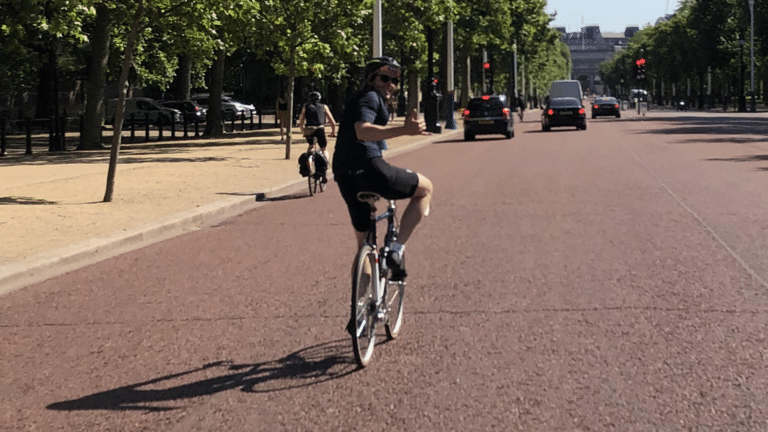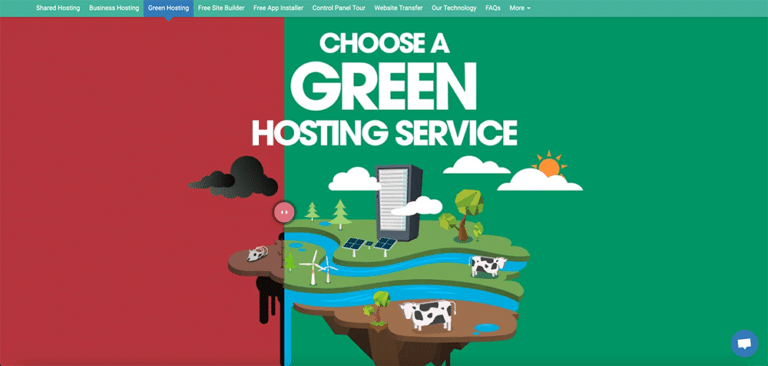I was 15 when I saw a video on YouTube that prompted me to throw out every lunch meat, frozen steak, and chicken breast from my family’s fridge. Through sobs about the cruelty animals face, I declared there and then that “I AM A VEGETARIAN!” I vowed never to touch meat again and for anyone who wasn’t clear on my prophecy, I boldly told them “nothing with a mummy goes in my tummy”. Smug as a bug, I was.
As a teenager, I was often referred to as a rebel without a cause. I fought for everything and let my emotions hijack my reasoning. I had all this pent-up passion and nowhere to effectively channel it because the injustice of the world seemed too great and too urgent to calmly converse. We needed ACTION, NOW and if you weren’t with me, I thought surely, you must be against me. Learning about the dramatic effects of factory farming led to learning about all the complex ways in which the climate and humanity are suffering and since that day, this is where I’ve chosen to focus my passion.
Some may say otherwise but I’ve calmed down since then and through many years of trial and error, every podcast about persuasion and passive meditation I’ve crafted 6 steps to effectively talk to your family and friends about sustainability.
It’s worth noting that I was born and raised in a major city where ethical and sustainable farming or hunting of animals is not possible and any meat my family and I were consuming was coming from factory farms.
WHAT’S THEIR TYPE?
As it turns out there are 3 distinct types of people when it comes to the climate issue. Knowing which type of person your loved one is, will help you navigate the conversation with them.
This is based on the work of Pat Dade who laid out typologies of The Values Modes model identifying three core groups: prospectors, pioneers, and settlers. It was refined by the brilliant Solitaire Townsend, Co-Founder of change agency Futerra and author of The Happy Hero. She shows us that there are 3 types of people when it comes to sustainability: greens, golds, and bricks.
You’ve got:
- Greens – These are the OGs of the planet positive movement. They’ve been spreading the message and practicing what they preach for decades. These pioneers are interested in the bigger picture and take interest in worldwide issues. They believe they can affect change and they actively look for cool new solutions to problems they face at home and internationally.
- Bricks – These are our community heroes. They put their families and homes at the center of their lives and work hard to maintain a safe and normal life. They are sensible and believe in tradition as opposed to whatever the latest trend is. Bricks aren’t trying to save the world but they believe in making smart and healthy choices for their families and are prepared to do their part.
- Golds – This group is ripe for the picking. Solitaire says this is the largest group, with Greens being the second largest of almost any population. They know there’s an issue and they really do care but it’s hard to know where to start. They’re excited by success and being the best at what they do. They like to look good, they’re well versed in pop culture and enjoy new experiences. Golds are completely tuned into the pulse of the times, they know what’s trending, what people are talking about and they’re the most likely group to make planet positive living desirable.
You might find most people are a mix and the types range across age, gender, and race. Once you know which type your family and friends are, it becomes infinitely easier to see how they view the world. If you’re struggling to figure it out there’s a really great questionnaire in Solitaire’s book.
FIND PAIN POINTS
This one is about listening. It used to be instinctual for me to talk at my family about all the ways in which I care and they clearly don’t. I was trying to change minds through accusatory chastising and it got me nowhere.
Had I taken the time years ago to listen to what my mom was saying I would have heard her say that she was tired of her new clothes never lasting after the first few washes or that the energy bills always get so high in the winter months.
OFFER INCENTIVES
Most people will willingly make a switch or let you plant the seed when an attractive enough incentive is offered. The type of incentive may vary based on the type of person they are (Green, Gold or Brick).
Let’s use my mom as an example. She is a brick and she is incentivised by cost and time savings. Through my sustainability journey, I have learned that buying second-hand or vintage clothing is usually made with longevity in mind. These clothes tend to be higher-quality which helps them last longer. Studies show that wearing your clothing even 9 months longer than you normally would diminish the item’s environmental impact by 20% – 30%.
Or for those special occasions where you know you absolutely won’t be wearing that dress or jumpsuit again, clothing rental services offer luxury brands for a fraction of the cost. OR because you’re reading this in 2021 and this is the future, the digital fashion industry lets your Instagram-obsessed Gold identifying younger sibling superimpose designer clothing onto their pictures so they can be bougie on a budget online.
SPOON FEED THE FINDINGS
So, we’ve listened, we’ve offered alternatives and the seed is nicely planted. Now it’s time to deliver the option on a silver platter. You may find you don’t need this step and the alternative you suggested was accepted with no opposition and that is great and I’m thrilled for you. But if you’re like me and your friends and family tell you to do one and constantly change the subject, here’s step 4.
My mom had expressed concern over the rising energy bills in the colder months. It’s one thing for me to suggest that renewable energy suppliers typically run cheaper or that draught-proofing our doors and windows could significantly reduce this cost – but it’s another thing for me to take the time and do it with her. Do the research and send your loved ones the links to the alternatives you’re talking about or schedule an afternoon and draught-proof the windows together.
I’m pleased to report that after months of sending my mom links to the renewable energy suppliers in her area she has made the switch and now she sends her discount code to all her friends.
THE GIFT THAT KEEPS ON GIVING
This step is an extension of step 4 but it takes more of a lead by example approach. Making the switch to sustainable alternatives is much easier if you have all the tools to be successful. Make birthdays or holidays an opportunity to equip your crew with the beeswax paper or silicone sandwich bags they keep saying they’ll buy but never do.
It’s also a great way to get them interacting with sustainable products as you’ll be known as the “environmental one” and all your gifts from them might just be eco products. Cue my cousin-in-law gifting me a reusable tampon applicator for Christmas, cheers Dianne.
BE A CHEERLEADER
If you take absolutely nothing away from this simply remember that we need everyone to act if we’re going to change the world. Big or small, celebrate and cheer on your family and friends when they do something for the planet because they deserve to hear it and positive reinforcement helps build momentum. Believe in yourself and others and don’t try to take everything on at once, it’s a process but you’ve got this.
I leave you with the wise words of Anne-Marie Bonneau “We don’t need a handful of people doing zero waste perfectly. We need millions of people doing it imperfectly.”



